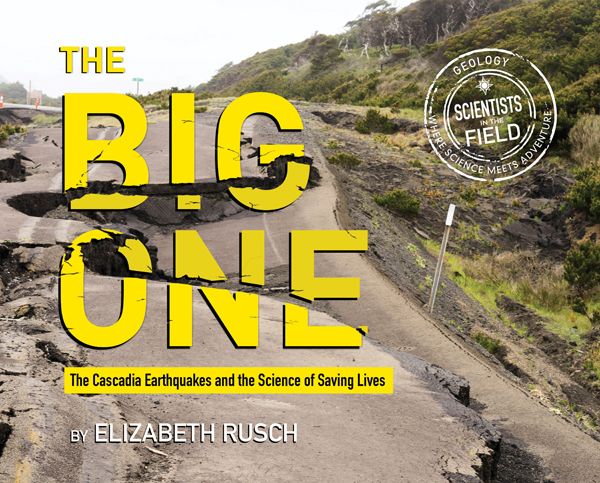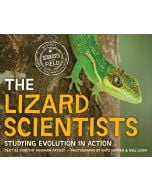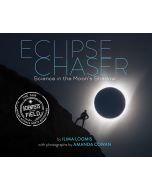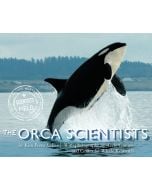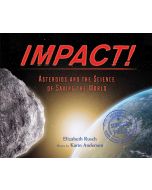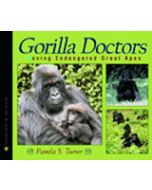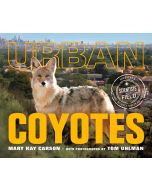
Series Scientists in the Field By Elizabeth Rusch
Hardcover edition
Publisher Houghton Mifflin Harcourt Imprint Houghton Mifflin Harcourt ISBN9780544889040
The Big One: The Cascadia Earthquakes and the Science of Saving Lives
 12.5
12.5
America's Pacific Northwest has relatively few earthquakes—only a handful each year that cause even moderately noticeable shaking. But a couple decades ago, scientists discovered a geological feature running along the coast that in other parts of the world regularly triggers massive earthquakes of 8.0 magnitude and higher. Were there once massive earthquakes in this part of the world?
Geologists think there were. Now a small group of scientists are studying things that you might not think have anything to do with earthquakes—marsh soil, ocean sediments, landslide debris, and ghost forests—and they have reason to believe that the Pacific Northwest is likely not as idyllic as it was once assumed. The population is likely in grave danger of a massive earthquake at some point. What can be done? The big one can't be stopped, but scientists are working tirelessly to learn as much as they can to prepare.
Glossary. Further reading. Online resources. Sources. Quotation sources. Index. Full-color photographs and reproductions. Full-color maps and diagrams created digitally in Procreate.
|
Standard MARC Records Cover Art |
Nonfiction Middle Plus (Grades 5-8)
Nonfiction Middle Plus
Nonfiction Middle Plus (Grades 5-8)
For Grades 5-8
This collection provides an exciting lineup of nonfiction books that captivate young learners with intriguing subjects in history, science, biographies, and more. Perfect for research projects, classroom support, or independent exploration, these selections will keep inquisitive readers engaged month after month.
Interests
Biographies, History, Nonfiction, Science/STEAM
-
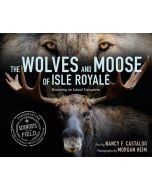 The Wolves and Moose of Isle Royale: Restoring an Island Ecosystem
The Wolves and Moose of Isle Royale: Restoring an Island EcosystemNonfiction Middle Plus
August 2022
 21.6
21.6
-
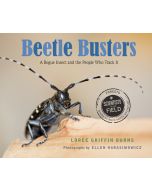 Beetle Busters: A Rogue Insect and the People Who Track It
Beetle Busters: A Rogue Insect and the People Who Track ItScience Nonfiction Elementary Plus
October 2014
 6.75
6.75
-
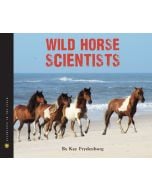 Wild Horse Scientists
Wild Horse ScientistsUpper Elementary/Middle Plus
November 2012
POTENTIALLY SENSITIVE AREAS
Medical: Animal Anatomy/Reproduction
 5
5
-
 The Mighty Mars Rovers: The Incredible Adventures of Spirit and Opportunity
The Mighty Mars Rovers: The Incredible Adventures of Spirit and OpportunityUpper Elementary/Middle
June 2012
 5
5
-
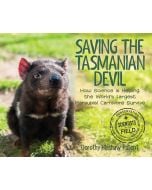 Saving the Tasmanian Devil: How Science is Helping the World's Largest Marsupial Carnivore Survive
Saving the Tasmanian Devil: How Science is Helping the World's Largest Marsupial Carnivore SurviveNonfiction Middle
August 2019
 6
6
-
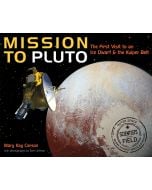 Mission to Pluto: The First Visit to an Ice Dwarf and the Kuiper Belt
Mission to Pluto: The First Visit to an Ice Dwarf and the Kuiper BeltNonfiction Middle
January 2017
 5
5
-
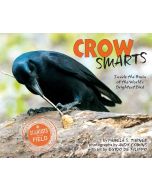 Crow Smarts: Inside the Brain of the World’s Brightest Bird
Crow Smarts: Inside the Brain of the World’s Brightest BirdScience Nonfiction Elementary Plus
August 2016
 12
12
-
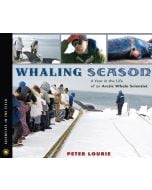 Whaling Season: A Year in the Life of an Arctic Whale Scientist
Whaling Season: A Year in the Life of an Arctic Whale ScientistScience Nonfiction Elementary Plus
October 2009
POTENTIALLY SENSITIVE AREAS
Illustrations/Images: Blood/Gore
 5
5
-
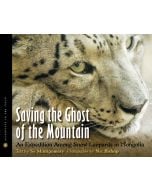 Saving the Ghost of the Mountain: An Expedition Among Snow Leopards in Mongolia
Saving the Ghost of the Mountain: An Expedition Among Snow Leopards in MongoliaNonfiction Middle
June 2009
 5
5
-
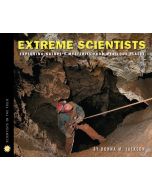 Extreme Scientists: Exploring Nature’s Mysteries from Perilous Places
Extreme Scientists: Exploring Nature’s Mysteries from Perilous PlacesNonfiction Elementary Plus
May 2009
 5
5
-
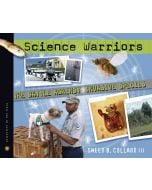 Science Warriors: The Battle Against Invasive Species
Science Warriors: The Battle Against Invasive SpeciesIntermediate Readers
October 2008
POTENTIALLY SENSITIVE AREAS
Language: Mild Language
 5
5
-
 Emi and the Rhino Scientist
Emi and the Rhino ScientistNonfiction Elementary Plus
Publication date not available
POTENTIALLY SENSITIVE AREAS
Medical: Reproductive/Sexual Reference/Discussion
 5
5
-
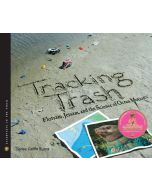 Tracking Trash: Flotsam, Jetsam, and the Science of Ocean Motion
Tracking Trash: Flotsam, Jetsam, and the Science of Ocean MotionIntermediate Readers
Publication date not available
 9
9
-
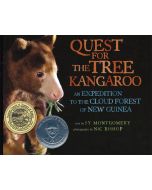 Quest for the Tree Kangaroo: An Expedition to the Cloud Forest of New Guinea
Quest for the Tree Kangaroo: An Expedition to the Cloud Forest of New GuineaNonfiction Elementary Plus
Publication date not available
 9
9
-
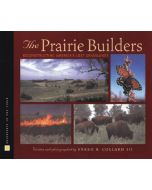 The Prairie Builders: Reconstructing America’s Lost Grasslands
The Prairie Builders: Reconstructing America’s Lost GrasslandsIntermediate Readers Plus
Publication date not available
 5
5

